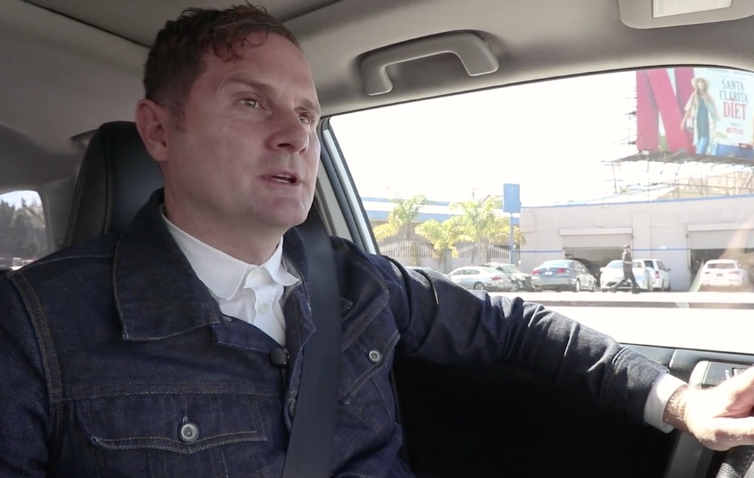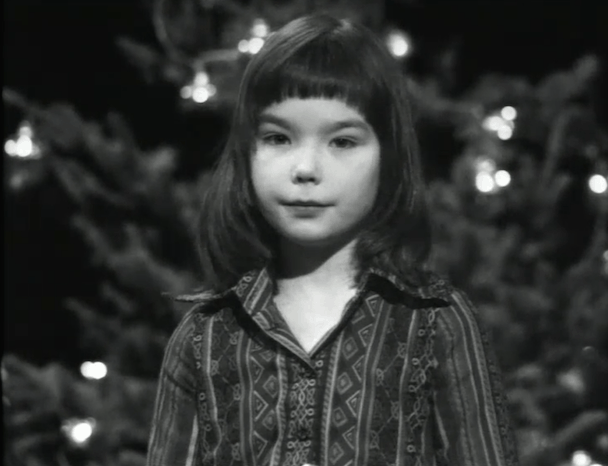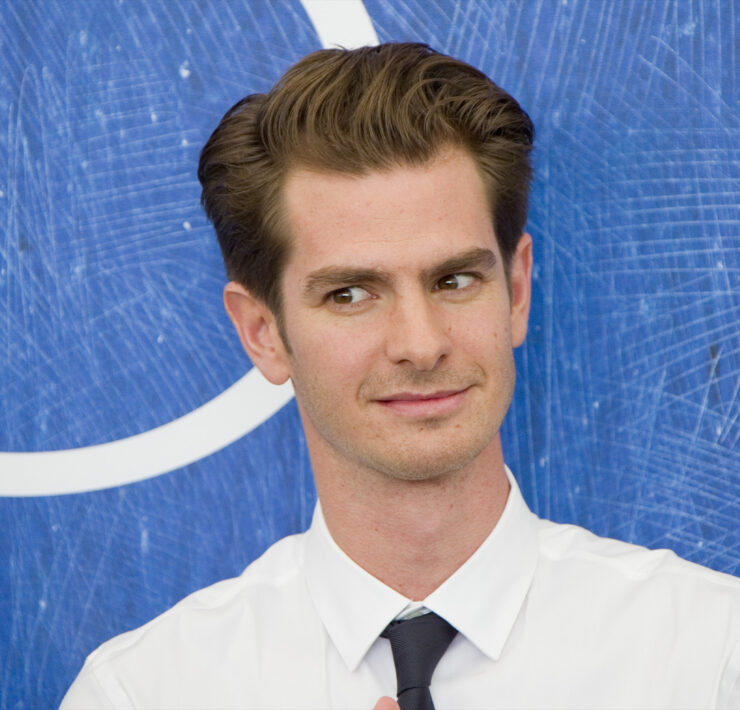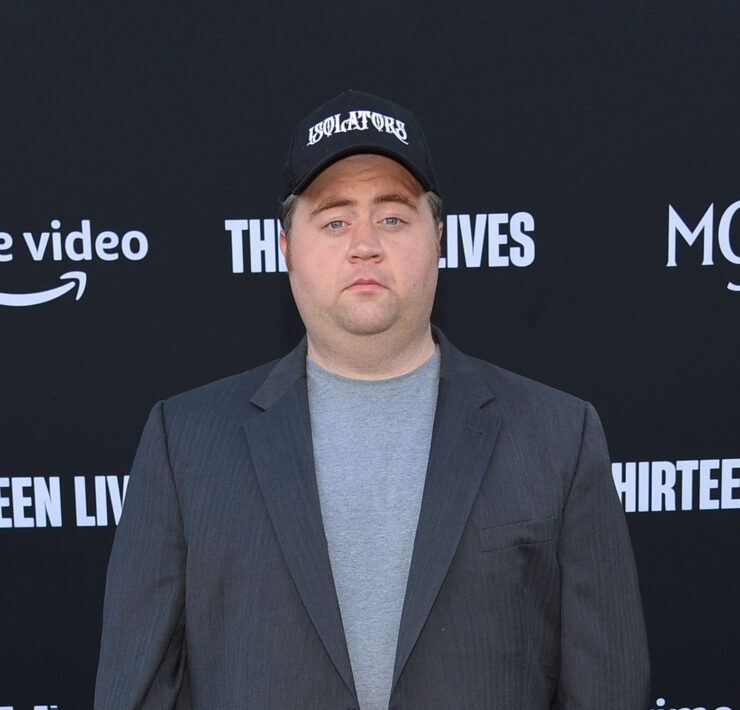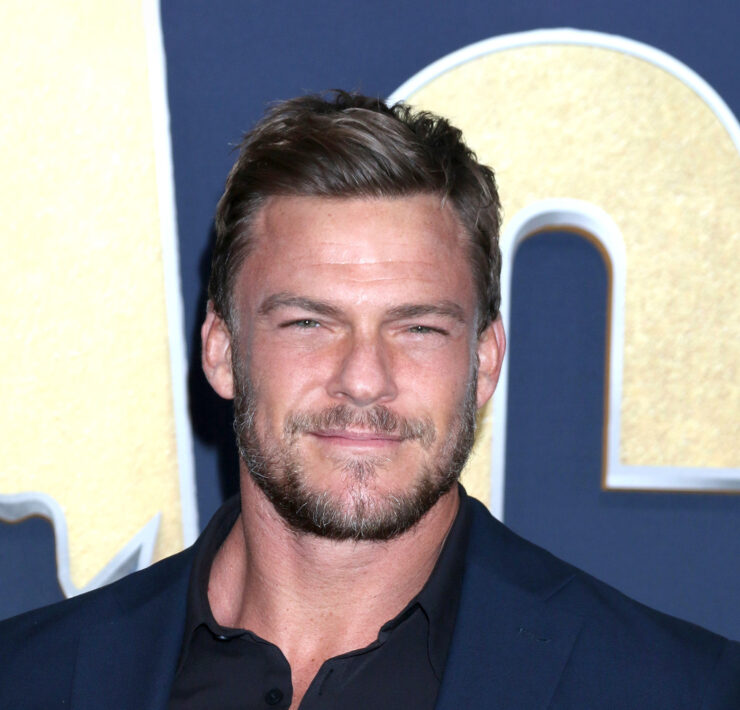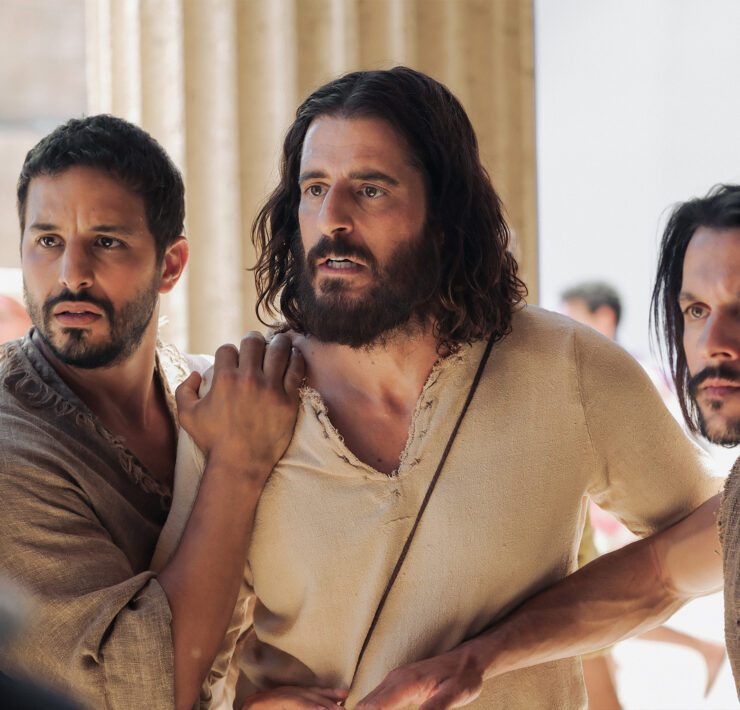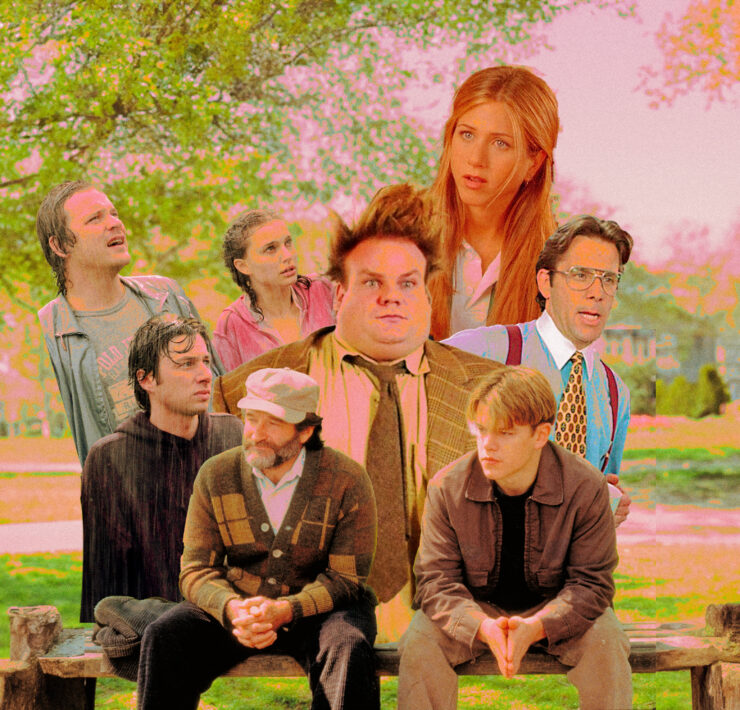In every movie based on a true story, there must be a handle. It’s not enough for a series of movie-worthy events to have happened—these events need to be part of a larger picture. If they only exist in an existential vacuum of “crazy, huh?”, then they might as well exist on YouTube.
A simpler way to put this is that every real narrative needs a beginning, a middle and an end, and those three parts need to be connected to each other. This is basic stuff, but given the state of modern storytelling, it bears repeating.
One of the many truly amazing things about the life of Louie Zamperini is that his life has just such a narrative. As told in his excellent biography, Unbroken, Zamperini’s harrowing but ultimately (spoiler alert, sort of, but it is called Unbroken, so…) victorious journey sits neatly on any graph of the Hero’s Journey: the call to adventure, the challenges and temptations, the point of crisis, the transformation, the atonement and return home.
Zamperini’s life began in 1917 and didn’t really slow down until his death just last July. In that time, he competed in the Olympics, served his country in World War II (there’s your call to adventure), survived 46 days on an inflatable raft in the shark-infested waters of the Pacific, endured two years of unspeakable atrocities in a Japanese prison camp (the challenges and temptations), suffered harrowing bouts of post-traumatic stress disorder upon his return (the point of crisis) and, eventually, found salvation at a Billy Graham Crusade (atonement and return home).
This is a lot of ground to cover, but it is all there. And there are challenges beyond the simple scope of the story. For example, there’s the constant temptation toward melodrama, allowing the pathos of Zamperini’s survival to overwhelm the grim realities of his struggle. There are complex issues of race and culture to be dealt with. And then there is the pivotal role of Zamperini’s Christian faith, a subject that has tripped up films with less at stake than Unbroken. More on that in a minute.
Given all that, Hollywood’s caution with Unbroken is understandable. This film was inevitable (there has been talk of a movie pretty much since Zamperini got his boots back on U.S. soil)—particularly after Angelina Jolie struck up what was clearly a deeply meaningful friendship with Zamperini. She took it upon herself to handle the adaption of his biography, with the help of William Nicholson (Gladiator); Richard LaGravanese (The Bridges of Madison County) and no less a prodigious screenwriting duo than the Coen brothers.
The result is visually sumptuous narrative that clicks, but never quite as well as it should. It’s moving and frequently engaging, featuring some exquisite performances (Jack O’Connell, in the main role, is one to watch. We predict big things for his future) and handsome direction. And yet the movie feels too pat and calculated, as if subjected to dozens of focus groups. Zamperini’s virtues—courage, determination and sacrifice—are on full display, and they are a marvel to behold. But the edges, nicks and guts of those virtues are missing; they lack dimension.
What really happens here is the scriptwriters confuse the parts of Zamperini’s journey. By making the prison camp his lowest point instead of the depression and bitterness that plagued him upon his return, the story’s narrative arc gets thrown off. Zamperini’s journey didn’t end when he was saved from the Japanese. It ended when he was saved from himself, some years later.
The plot doesn’t land the way it should because the whole affair is straining in the wrong gear. Which isn’t to say it doesn’t move, but it doesn’t get where it wants to go as cleanly as it should. This, of course, means that the story ultimately stumbles at the finish line, regulating Zamperini’s conversion and redemption to the closing credits instead of the ultimate plot resolution.
It behooves us to be careful here. This is not meant to be one of those articles about how poorly Christians are treated by Hollywood, or how there is some sort of liberal conspiracy to kick God out of the movies. Whatever truth there may be to such grumblings, there is a real effort made in Unbroken to handle Zamperini’s faith with sensitivity. And that’s appreciated, but when the entirety of the conversion and redemption story is handled by title cards before the credits, you get the distinct impression that someone, somewhere got cold feet.
Handling the end of Zamperini’s story in this manner is a curious decision, one that nearly neuters a great many of the movie’s stronger elements. His faith is referenced in broad strokes here and there, but it is pushed to the margins. His biography, on the other hand, dealt honestly with his doubts, his anger at God and his ultimate decision to become a Christian, and how doing so changed his life. It’s a key element to his story, and for it to be muzzled in the movie works against the narrative.
This point was raised to Jolie at a press conference RELEVANT attended, where she defended her decision saying, “We made it universal, not specific to one faith. And that was something that was agreed upon with Louie,” she said.
“He said he wanted the message to reach everyone. He said to make faith and forgiveness universal.”
Zamperini’s son, Luke, also expressed his approval of how the film handled his father’s faith.
That is all respectfully noted. And we understand the filmmaker’s dilemma here. But the desire to make this faith story universal also rendered it a bit toothless—giving it a broad appeal without giving it much depth. Unbroken‘s Zamperini is brave, kind, stoic and tremendously longsuffering, but without his complex relationship with God, these are just words ripped from a motivational poster; pretty melodies with no real rhythm.
“If you were looking for symbolism and miracles in the film, you will see them,” Jolie said. And she’s right. But it does seem like the stronger decision would have been to make Zamperini’s faith neither miraculous nor symbolic, but as vital to the plot as it clearly was to his actual life story.
That said, the film features some undeniably powerful moments. Zamperini’s six-week survival on an inflatable raft is particularly well handled, and Jolie has Mel Gibson’s knack for invoking empathy through suffering. There are a few times throughout the movie where dawns on you anew that this all actually happened to a real person, and it’s a credit to O’Connell’s very brave (and physically grueling) performance that he never goes for easy emotionalism when a more nuanced, intelligent choice is available to him. He is in nearly every scene, and you can’t take your eyes off him.
The phrase “the inspiring true story” was made for just such a tale as Unbroken, and the film deserves to be seen. But it deserves a fuller, richer conversation as well. Few Americans have ever lived such an inspiring tale, from beginning to end. It’s just a shame that biopic glosses over the latter.








